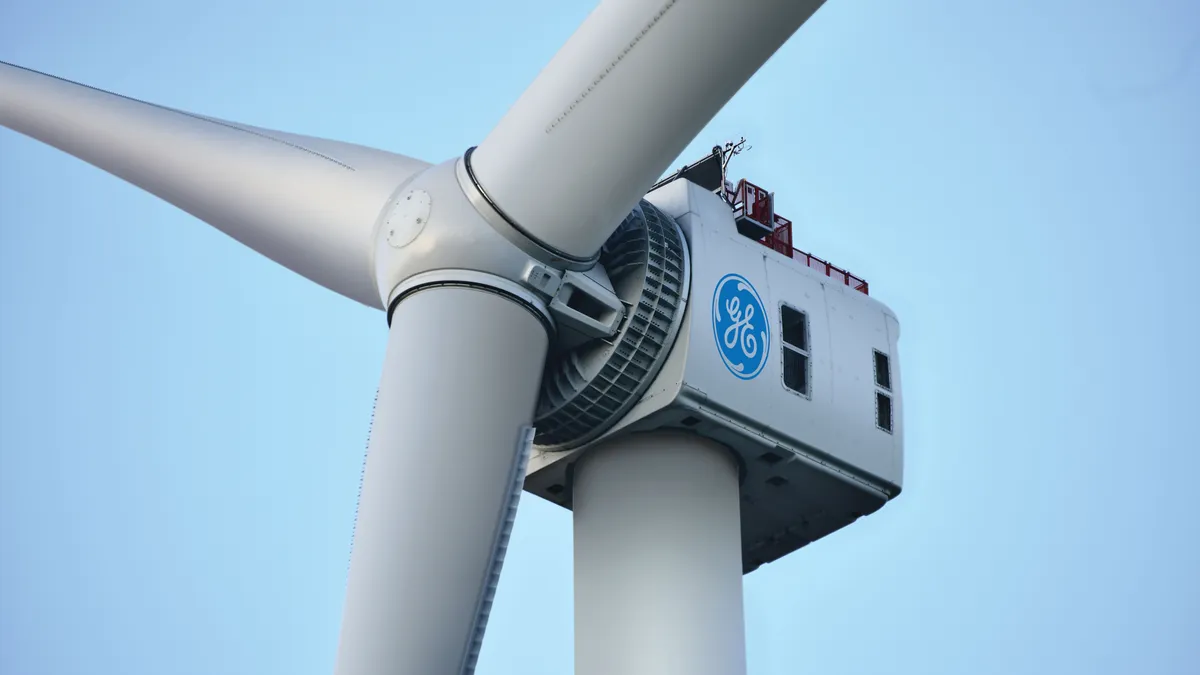The following is a contributed article by Illinois Commerce Commission Chair Carrie Zalewski and her legal and policy advisors Tetyana Rabczak and Robert Haggart.
The passage of the Inflation Reduction Act, the Infrastructure Investments and Jobs Act, and the Creating Helpful Incentives to Produce Semiconductors Act have given the United States’ clean energy economy an unprecedented boost. Just over a year ago, the Illinois General Assembly also passed the Climate and Equitable Jobs Act, or CEJA. Implementation of all of this federal and state legislation will require states to modernize regulation of their energy systems to accommodate the anticipated rapid growth of clean energy. In Illinois, we believe we’re prepared to address this challenge.
With the support of federal and state legislation and building on momentum in the market, wind, solar, storage and other nascent technologies are expected to become more affordable and accessible. Along with the growth of these technologies, tax credits will incent increased EV adoption and building electrification that will add new sources of load to the grid. All these factors will challenge PUCs and utilities to handle a changing resource mix and potentially unprecedented changes in load growth.
The Illinois Commerce Commission has already taken important first steps to prepare. The recent approval of innovative performance metrics for Illinois’ two major electric distribution utilities, Ameren Illinois and Commonwealth Edison, is a key first step to align utility investments with the clean energy goals of the state. These metrics include incentives for peak demand reduction, improved reliability and resiliency, and improved interconnection times for distributed energy resources. These metrics will drive Illinois’ utilities to orient their business practices to accommodate state and federal clean energy legislation.
Several other crucial CEJA-driven proceedings, including multi-year integrated grid plans and beneficial electrification plans, are also before the commission. Utilities’ beneficial electrification plans will outline investment strategies to support the state’s goal of adding 1 million additional EVs to Illinois roads by 2030 through infrastructure investments, incentives and innovative rates. Similarly, multi-year integrated distributed grid plans will identify the investments into the distribution system needed over the next five years to support existing and new distributed energy resources and widespread electrification.
Intertwining state and federal policy
As we push to implement CEJA, federal funding, notably through the IIJA, brings opportunities for our state to make key investments in clean energy and bolster the effects of CEJA. For example, Illinois will receive more than $148 million over the next five years to build charging stations along major highways identified as alternative fuel corridors. This funding complements that in CEJA, which provides rebates for personal electric vehicles and tax credits for up to 80% of the costs of EV infrastructure.
Illinois also stands to receive more than $40 million of federal support over the next five years to improve the resilience of the electric grid against disruptive events, with funding for measures that include, for example, the use or construction of distributed energy resources, microgrids and battery storage systems for enhancing system adaptive capacity during disruptive events. This funding complements CEJA’s adoption of performance incentive metrics and a multi-year integrated grid plan that requires utilities to improve grid reliability and resilience.
These are just a few examples of the synergistic opportunities between CEJA and federal clean energy legislation. But they demonstrate that when federal and state policy align, they can support each other to help states achieve policy goals faster and more cost-effectively.
An equitable energy transition
As indicated by its name, the Climate and Equitable Jobs Act centers equity in Illinois’ transition to 100% clean energy. Similar to the Biden administration’s Justice 40 Initiative, 40% of the investments and benefits from CEJA in solar power, electric vehicles and grid planning programs must go to equity investment-eligible communities. Simultaneously, the IRA encourages the growth of renewable energy in environmental justice communities by providing extra subsidies to clean energy projects developed in these communities.
The IRA and CEJA also align significantly on energy efficiency. The IRA specifically includes energy efficiency and electrification rebate programs for low-income residents that are directly administered by the states. The High Efficiency Electric Home Rebates Act in the IRA provides $4.5 billion in rebates for electrified home appliances, heat pumps and electric panel upgrades.
The IRA also extends existing tax credits for residential energy efficiency upgrades for new and existing residential buildings. CEJA works complementarily to this funding through an equitable energy upgrade program that allows low-income individuals to invest in energy-efficient technologies without having to pay costs up front, and it expands utility energy efficiency goals to reduce energy consumption.
The new federal legislation emphasizes workforce development. The IRA includes bonuses in all of its production and investment tax credits for projects that pay prevailing wage and meet apprenticeship requirements. This aligns with CEJA which increases clean energy jobs through the Clean Jobs Workforce Hub Program, Energy Transition Barrier Reduction Program, Illinois Climate Works Pre-Apprenticeship Program, Clean Energy Contractor Incubator Program and Returning Residents Clean Jobs Training Program. These programs are designed to expand access to workforce development and job training opportunities for disadvantaged workers and incentivize the creation and retention of quality Illinois jobs in the emerging clean energy economy.
So what does this all mean?
CEJA has poised Illinois to fully take advantage of new federal funding opportunities. We believe the investments we are making now to jumpstart the state’s transition to the clean energy economy will attract new companies, jobs and economic development opportunities that will replace our fossil-fuel based jobs in the state and provide opportunities for individuals who traditionally would not have a career in the energy space. By aligning state policy, through legislation, regulation or executive action, states can transition their energy systems through an affordable, economic means that has never been seen before.






















